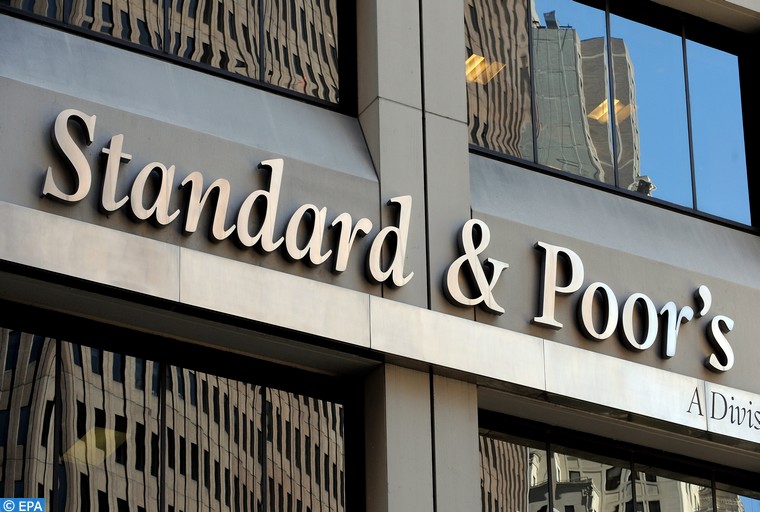On September 26, S&P Global Ratings upgraded Morocco’s sovereign credit rating to BBB-/A3, with a stable outlook—marking the country’s return to investment-grade status for the first time in four years. This comes after Morocco was downgraded during the height of the COVID-19 crisis, and now signals a potential turning point for the country’s financial landscape. According to BMCE Capital Global Research, the upgrade could significantly reshape Morocco’s position in both domestic and international financial markets.
S&P based its decision on the resilience of Morocco’s macroeconomic fundamentals, even amid ongoing global instability. The country has managed to sustain steady growth despite a series of external shocks—from droughts and inflationary pressures to geopolitical tensions. The agency praised the government’s fiscal discipline, noting that the budget deficit has dropped below 7% of GDP, with a target of reaching 3% by 2026. Public debt, currently under control, is expected to fall below 60% of GDP by 2028. Bank Al-Maghrib also earned recognition for its responsible monetary policy and credible anti-inflation framework.
This new rating positions Morocco as the only African issuer of Eurobonds currently enjoying investment-grade status from S&P. That sets it apart from other large emerging economies such as Egypt, Turkey, and South Africa, which remain in speculative territory.
The immediate impact is expected to be felt in the bond market. Internationally, the rating gives Moroccan sovereign debt more appeal, supported by its rarity and enhanced credibility. This could help major Moroccan corporations active in global markets—like the OCP Group—access funding more cheaply, benefiting from the positive momentum.
Domestically, analysts anticipate a flattening of the yield curve. As investors reassess the country’s risk profile, institutional investors may extend the duration of their investments, easing medium- and long-term interest costs for the government.
The Casablanca Stock Exchange could also see renewed interest from foreign investors. BMCE Capital believes the improved credit rating could lower the equity risk premium for Moroccan stocks, potentially triggering a revaluation of listed assets. Morocco could follow a similar path to Indonesia, which saw its stock market rise by 12% in just three months after a comparable rating upgrade in 2011.
Certain sectors are expected to benefit more immediately. Banks, for instance, could gain easier access to more favorable credit lines. Construction and infrastructure firms stand to benefit from major upcoming projects tied to the 2025 Africa Cup of Nations and the 2030 FIFA World Cup. Meanwhile, the automotive and energy sectors are likely to gain from increased international demand and strategic initiatives such as the Nigeria-Morocco gas pipeline.
Still, this upgrade is far from permanent. Its sustainability will depend on Morocco’s ability to continue economic reforms, maintain macroeconomic stability, and push forward with financial market modernization. Key priorities will include attracting more domestic savings, deepening the equity market, and improving the flow of capital to major infrastructure and development projects.
